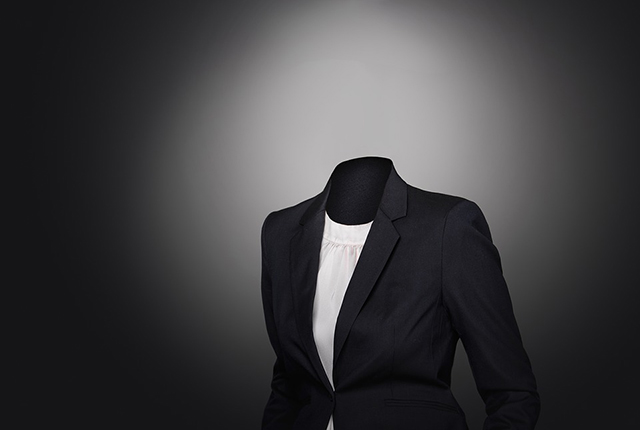This new South African case deals with whether your employer can tell you how to dress

Media reports have detailed the case of a Muslim woman, a member of the South African National Defence Force, who faces disciplinary action for refusing to remove her headscarf (hijab).
“While we have not been apprised of the facts of this case and cannot comment on the outcome of any future decision in this regard, the matter does raise interesting issues relating to alleged discrimination on religious grounds in the workplace,” said Lee Crisp, an associate at ENS Africa.
“In the employment context, a prohibition against unfair discrimination is set out in both section 187(1)(f) of the Labour Relations Act (LRA) and section 6 of the Employment Equity Act (EEA),” Crisp said.
“The LRA provision provides that discriminatory dismissals, being those based on listed or arbitrary grounds, are automatically unfair. The EEA provision, on the other hand, prohibits discrimination contained in employment policies or practices, such as dress codes, on listed or arbitrary grounds.”
Past court cases
Crisp said that in the case of Dlamini & others v Green Four Security, the Labour Court was required to decide whether the dismissal of security guards for refusing to shave or trim their beards – which was prohibited by their Nazareth faith – was automatically unfair on the ground of religion.
The court in this case held that the security guards had not proved that the prohibition against beard-trimming was a central tenet of their religion; nor had they proved that they would suffer some significant penance if they broke the rule.
“It was therefore held that the rule requiring the guards to be clean-shaven was an inherent requirement of the job which was applied equally and consistently to all employees,” she said.
“Accordingly, it was held that the security guards’ dismissal for refusing to shave or trim their beards was neither discriminatory nor unfair. It is arguable whether this judgment is correct having regard to subsequent decisions by the Labour Court and other higher courts.”
Crisp said that in the case of Ehlers v Bohler Uddeholm Africa (Pty) Ltd, the court had to decide whether requiring an employee to wear male clothes was discriminatory.
This was in the circumstances where the employee, born a biological male, had indicated to her employer that she intended to undergo gender reassignment, she said.
“The employer indicated that it did not have a problem with her decision but requested that the employee wear male clothes when consulting with clients.”
Crisp said that the employee initially agreed to do so, but later provided the employer with a letter from her psychiatrist stating that she had to wear female clothing.
“The employee’s relationship with her co-workers had strained as a result of her transition. In discussions with the employee, the employer stated that it believed that as the employee had been employed as a male and was working in a male-dominated industry, her desire to work as a female was unacceptable to it and it had to protect its business interests.
“Ultimately, the employee was retrenched by the employer as it had declared her position redundant. She brought an unfair discrimination claim against the employer on the basis of gender and/or sex and/or sexual orientation,” Crisp said.
The legal expert said the court was very critical of the employer, holding that the true reason for dismissal was her gender reassignment.
It was further held that the fact that the employee was asked to hide that she was a transsexual was discriminatory and the fact that she had agreed to do so did not legitimise the discrimination she endured.
Going forward
Crisp said that the courts have also previously ruled in favour of a pupil who was not allowed to wear a nose stud.
“As this was not an employment matter, the prohibition against unfair discrimination was situated in the Promotion of Equality and the Prevention of Unfair Discrimination Act (PEPUDA),” she said.
“The Constitutional Court held that the high school’s rule prohibiting the wearing of jewellery had the potential for indirect discrimination because it allowed certain groups of learners to express their religious and cultural identity freely, while denying that right to others.”
Crisp said that the while the SANDF is excluded from the application of the LRA and the EEA, the Promotion of Equality and the Prevention of Unfair Discrimination Act may still apply.
She added that a number of Constitutional issues could also arise.
“While understandably, uniformity is of utmost importance in a military environment, the SANDF may want to glean from how our courts have dealt with discriminatory dress codes and practices to avoid the risk of being challenged on the implementation of its dress code,” she said.
Read: Shoprite has created its own private security force – after being robbed nearly 500 times last year




















